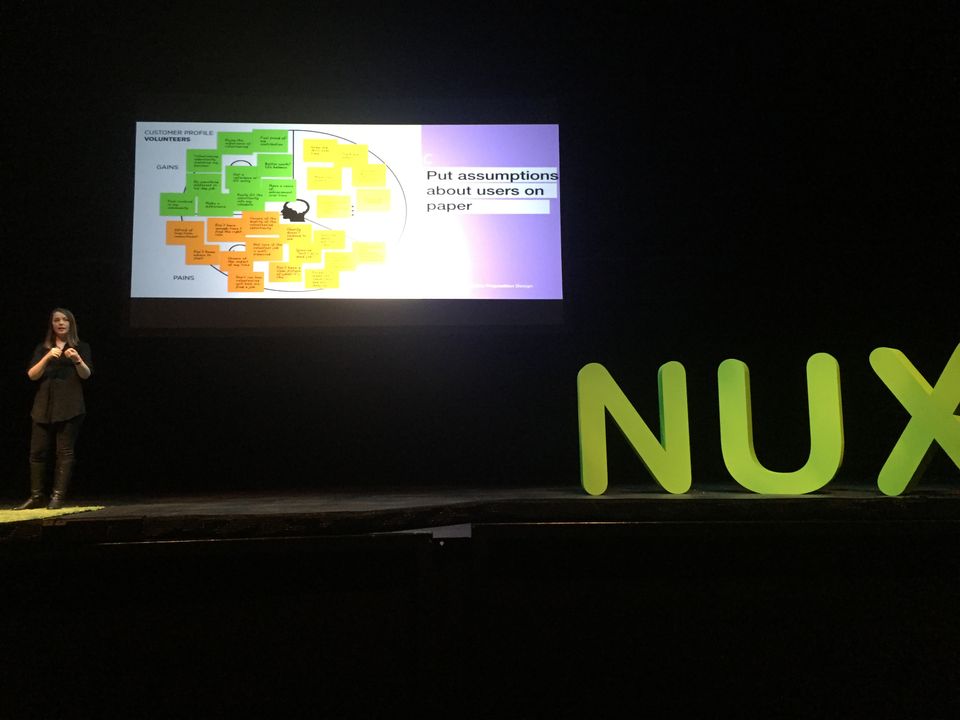Clients are not the enemy

I’ve always taken umbrage with the common idea that ‘clients are stupid’. They’re the expert in their business (hopefully) and it’s the UX designer’s job and such to be the expert in theirs. So, I was happy for Evgenia Grinblo to similarly decry the idea of clients from hell.
That said, Ginblo did note that clients can be difficult sometimes. In particular, she highlighted the issue of ‘design in the boardroom’; basically when clients expect to be able to put designers in the usual hierarchy that they do with other people. (Speaking of not shrinking away from the boardroom, the fantastic book Pitch Anything by Oren Klaff gives useful tips from war stories about how to win over big wigs during important pitches – even if it means doing something as crazy as stealing fruit off their boardroom table!)
She noted three different types of boardroom designer: the decision maker, the nitpicker, and the person who doesn’t understand UX (or, as she called, it, the “UX/UI-Webmaster-Yoga-Teacher-Unicorn-Seeker”).
For the decision maker, it’s all about reminding them about the user, be it through doing guerilla usability testing, getting the user’s voice in the boardroom through videos (something we’ve done at Orange Bus with clients, and in HMRC show and tells with business stakeholders), and surfacing their thoughts and putting them on paper so they can be scrutinised. These considerations dovetailed nicely from Tomer Sharon’s talk.
For those that are nitpickers, helping them to zoom out is key. Grinblo suggested using storyboarding workshops of the ideal situation, doing ruthless prioritising, and making them connect elements to overarching business goals.
For those that didn’t understand the role of UX, she suggested making it clear why you were doing what you do. And if all else fails, “go nuclear” and show the costs of not doing UX and not doing it right.
Interestingly, her team was creating an internal toolkit for these situations (not unlike, say the Hyperisland toolbox).
From my own agency experience (particularly at Orange Bus), my feeling is that a lot of this is about getting things off on the right foot from the start with a good kick off workshop that brings all important people involved (I read a good comment somewhere that if you keep hearing about a person needing to see something, they need to be in the key meetings), and doing the high-level strategic work with them at the start so they’re your allies and understand the user needs. However, issues can come in if people change roles and/or you’re brought into a project later in the game, which is where Grinblo’s structure could be a real help.
Member discussion